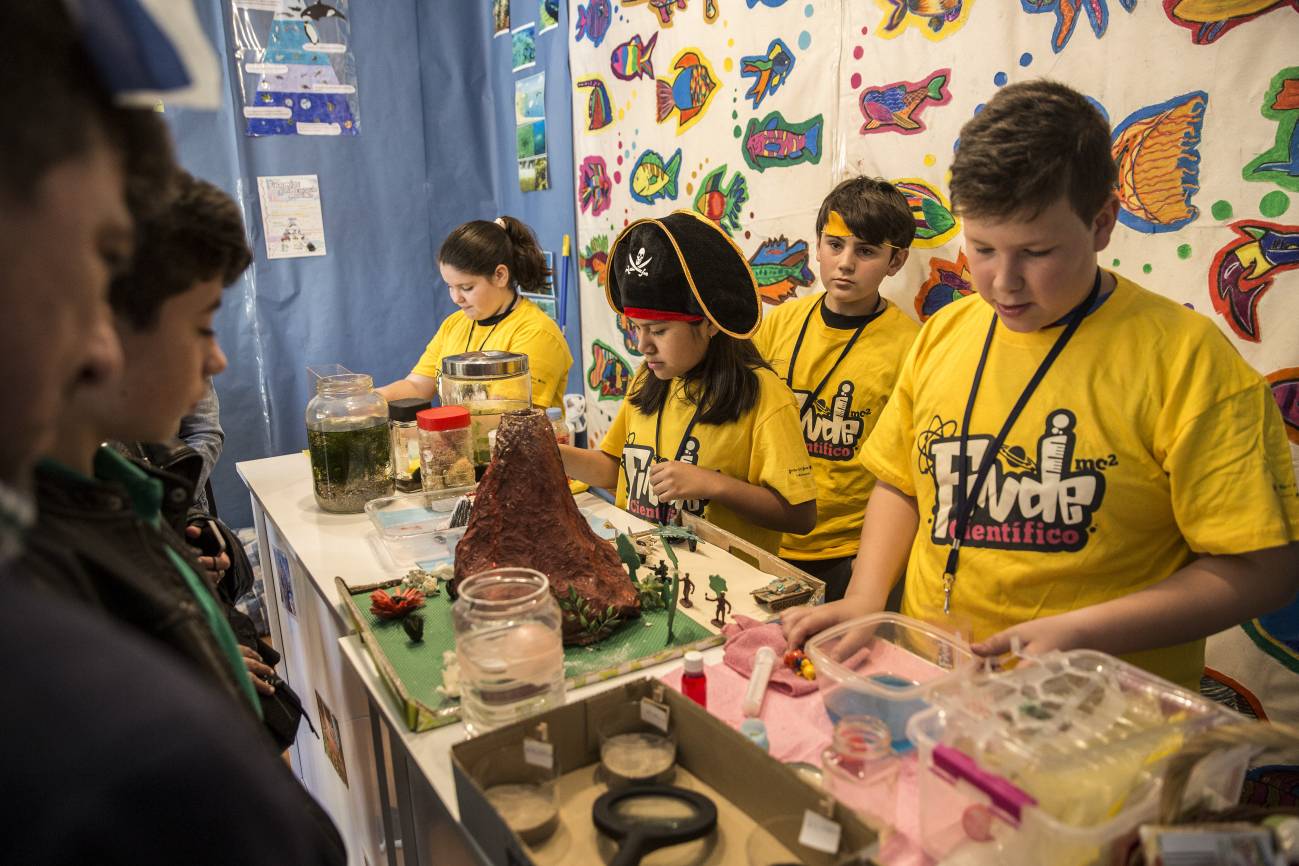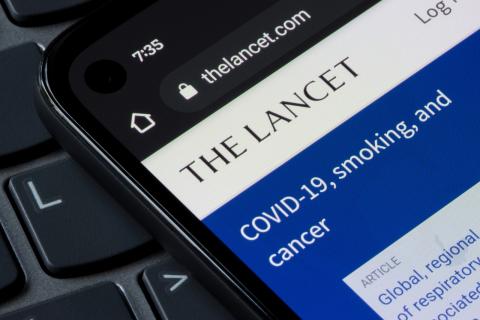1. Different objectives and professional profile
Journalism is a defined profession whose objective is to inform —with its own rules and professional codes— and which fulfils a social function of vigilance. Outreach, on the other hand, comprises a wide range of activities that can have different objectives (increasing knowledge and understanding of science, influencing attitudes or behaviour, ensuring that a diversity of perspectives on science is considered when seeking solutions to societal problems, etc.); and can be carried out by different professional profiles (scientists, journalists, communicators or educators, among others). Sometimes, journalism and popularisation can have the same objective, but in the case of journalism, the main objective is always to inform in a truthful and independent way.
2. Novelty: what no one knows
Journalists are expected to report facts that very few people other than their own sources know —often because they have never happened before—. Disclosure extends the range of knowledge that an entire (scientific) community already possesses.
3. Current affairs: what is happening here and now
Journalistic information is usually linked to a moment in time. The information handled by the media may be very important here and now, but irrelevant in a week’s time; in contrast, the information that is the subject of science communication is the most permanent in absolute terms, that which sediments into ‘knowledge’.
4. It does not educate or seek to be exhaustive
Journalistic information can be educational, especially when it comes to science journalism, but, as pointed out in the first point, this is not its essential purpose; the purpose is to inform. Neither is comprehensiveness. Accuracy and rigour are, insofar as they affect the veracity of the message.
5. It can be controversial
Journalistic information is not consolidated knowledge and can therefore be controversial. When that happens, the controversy must be conveyed honestly.
6. The importance of sources
In journalistic reporting, the source of the information is not the person who signs it. The author of the journalistic piece tells what other people know or experience. In reporting, the author can be the source himself/herself.
7. Where does auctoritas come from?
The credibility of journalists is generally associated with the medium that publishes their information: journalistic companies must be governed by —legally and socially recognised— criteria that guarantee the veracity of the information they provide. Journalists can generally provide proof of training in the subject matter they report on, but sometimes only with the backing of an academic institution.
8. Style
Journalism generally has a requirement to ‘package’ the message in a way that conveys a lot of information in a short space, so that it can be received and understood quickly. For this purpose, it usually follows established forms for telling the story (news, reportage, chronicle...), whereas in popularisation the style is free and does not follow established rules.
9. Channels
Journalistic information is distributed through the media, while popularisation does so in different contexts (books, articles, theatre, cinema, museums, schools, video games, zoos, social centres).
10. But in journalism you also do outreach work...
Yes, this is true, especially in journalism specialising in complex and highly technical subjects, such as science. Sometimes, to inform, it is necessary to explain previous concepts that the public does not necessarily need to know. For example: when reporting on the discovery of the Higgs boson, communication will be more effective if accompanied by informative resources on the standard model of elementary particles. On other occasions, after reporting a news story (for example, the existence of a new coronavirus that caused the Covid-19 pandemic), journalists produce pieces that are fundamentally informative to complete the public’s knowledge about a complex subject. In journalism, reporting is a ‘side effect’ of the need to inform. Or also, in journalism, dissemination is a useful tool to inform.




